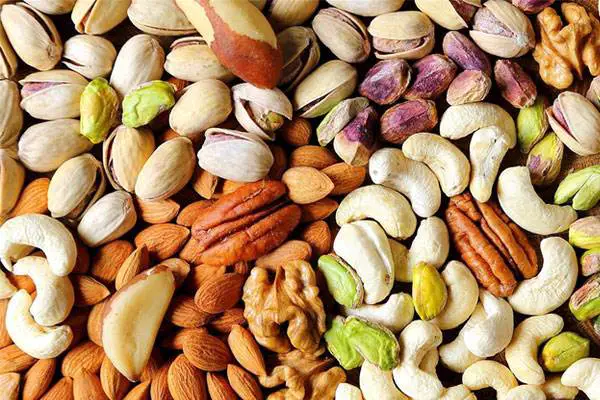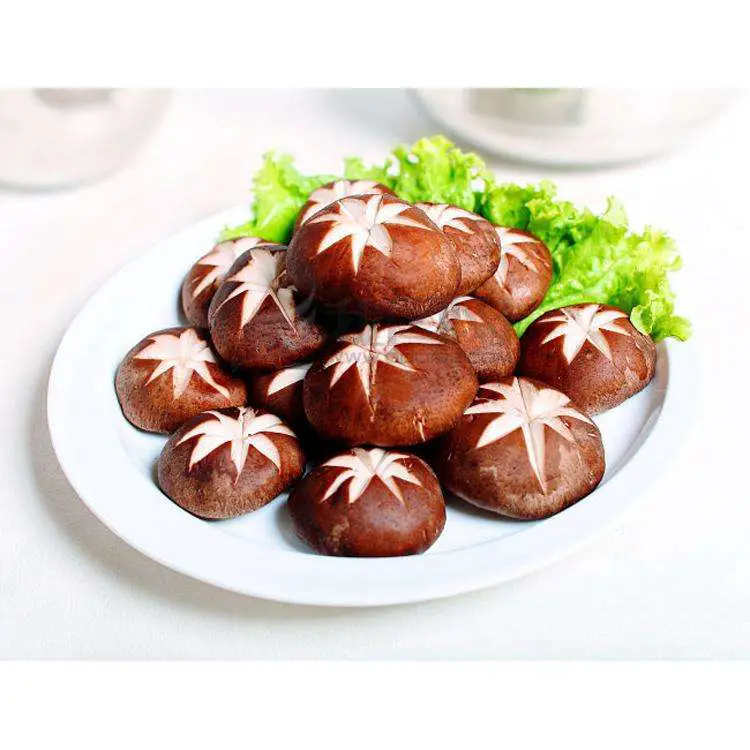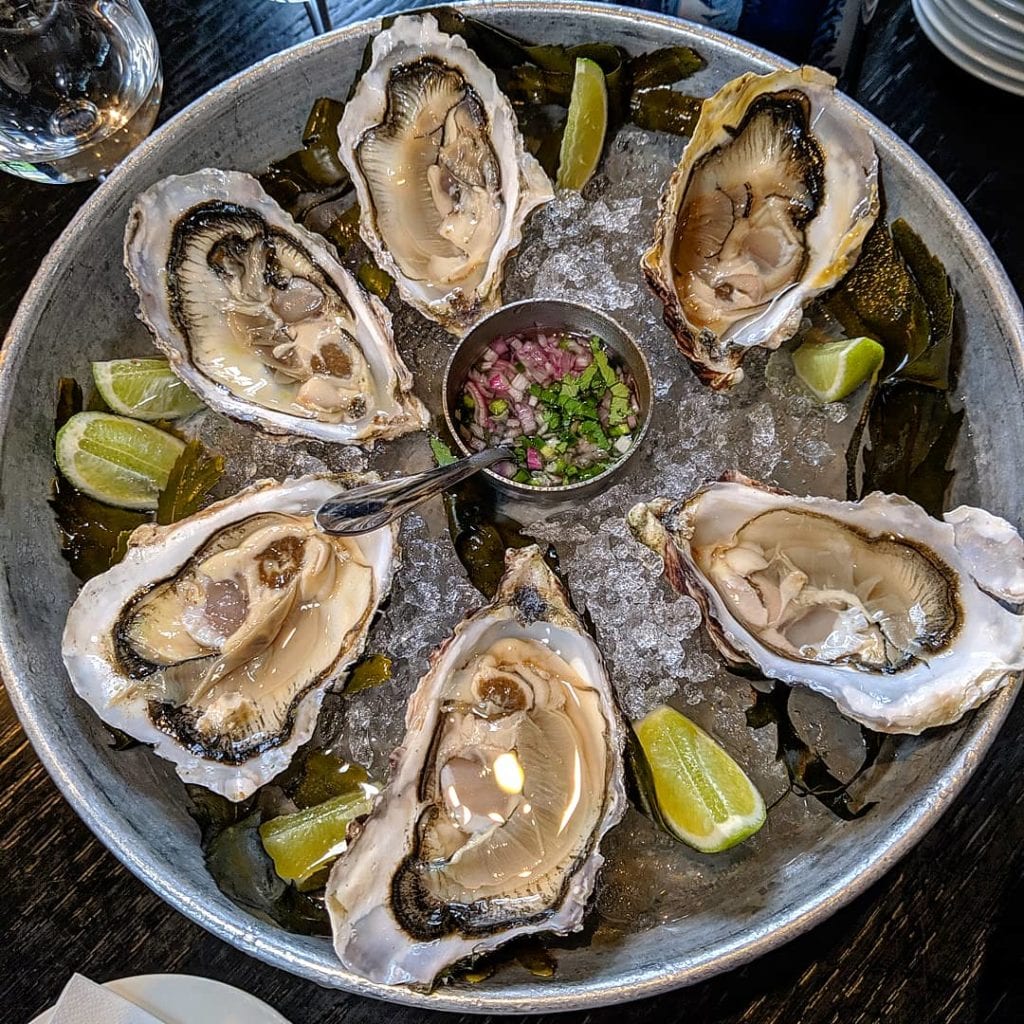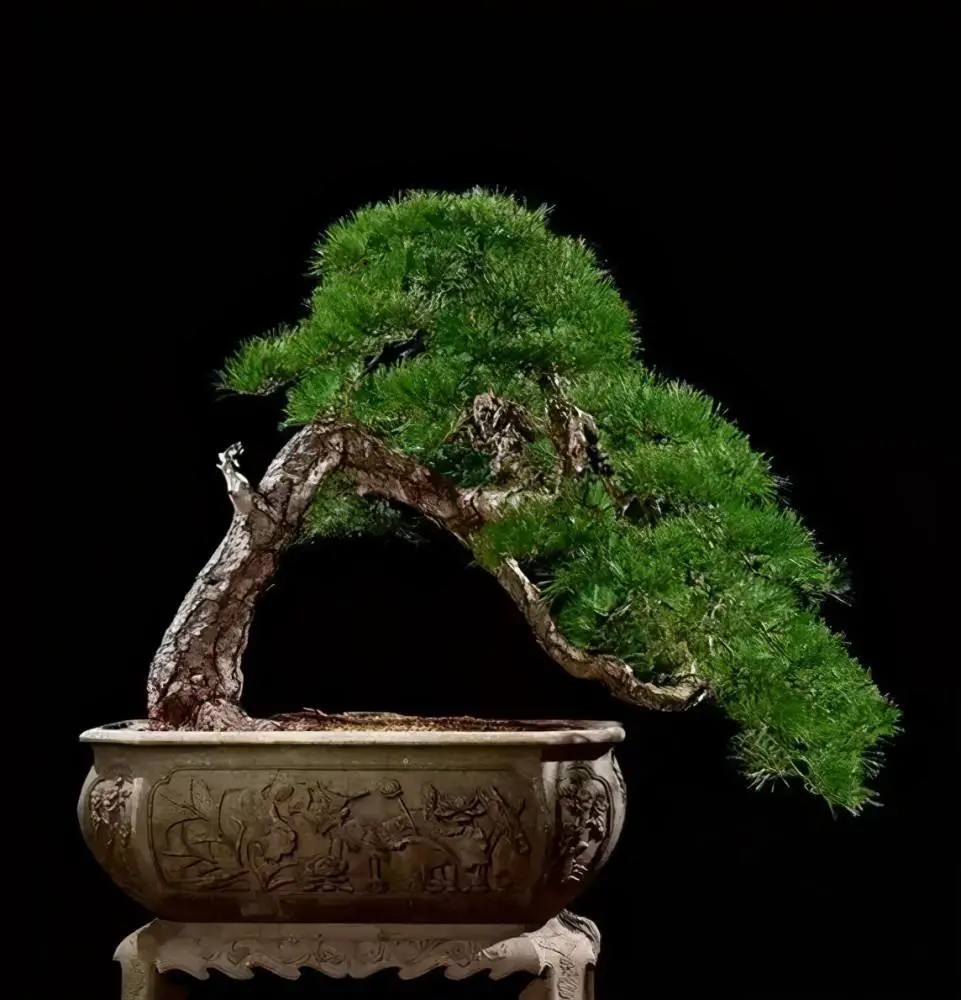Why Are Pine Nuts So Expensive?
Pine nuts, also known as pignoli or pinon nuts, are the small but flavorful and nutrient-rich nut that is often used in cooking and baking. However, pine nuts are also notorious for their high price, with a pound often costing upwards of $20. So why are pine nuts so expensive?
One reason for the high price of pine nuts is the labor-intensive process of harvesting them. Pine nuts are the edible seeds of pine trees, and they are typically found inside the cones of the trees. Harvesting pine nuts requires a lot of manual labor, as the cones must be collected and then manually opened to extract the nuts. This labor-intensive process can be time-consuming and costly, which is reflected in the price of the final product.
Another reason for the high cost of pine nuts is their limited availability. Pine nuts are native to certain regions of the world, including the Mediterranean, Asia, and North America. However, not all pine trees produce nuts that are suitable for consumption, and the trees that do produce edible nuts may not do so every year. This limited availability means that pine nuts are not as easily obtained as other types of nuts, which drives up their price.
In addition to their limited availability and labor-intensive harvesting process, pine nuts also have a short shelf life. They are prone to spoilage and can go rancid quickly if not stored properly. This means that pine nuts must be handled with care during the harvesting and storage process, adding to their cost.
Another factor that contributes to the high price of pine nuts is their popularity in certain dishes and cuisines. Pine nuts are often used in Mediterranean and Middle Eastern dishes, such as pesto and tabbouleh, as well as in Chinese and Korean cuisine. Their flavor and texture make them valuable ingredients in many dishes, which can increase demand and drive up the price.
Despite their high cost, pine nuts are a nutritious and tasty addition to many dishes. They are high in protein and healthy fats and are a good source of vitamins and minerals, including vitamin E, copper, and manganese. While they may not be the most budget-friendly option, their flavor and nutritional value make them worth the investment for many people.
In conclusion, pine nuts are expensive due to a combination of factors, including the labor-intensive harvesting process, limited availability, short shelf life, and popularity in certain dishes and cuisines. While they may not be the most budget-friendly option, their flavor and nutritional value make them a valuable addition to many dishes.
Frequently Asked Questions
Where do pine nuts come from?
Pine nuts come from pine trees, specifically from the seeds of certain species of pine trees such as the stone pine, Italian stone pine, and Chinese white pine. These seeds are typically extracted from the pinecone and then processed and dried before being sold as pine nuts.
How to toast pine nuts?
To toast pine nuts, you will need a dry pan and a stove.
- Preheat your pan over medium heat for a minute or two.
- Add the pine nuts to the pan and spread them out in an even layer.
- Toast the pine nuts for 2-4 minutes, stirring occasionally to prevent burning.
- Once the pine nuts are fragrant and lightly golden brown, remove them from the heat.
- Let the pine nuts cool for a few minutes before using or storing them.
What are pine nuts?
Pine nuts are the edible seeds of certain species of pine trees, most commonly the stone pine and the Italian stone pine. They are small, oval-shaped nuts with a slightly sweet and nutty flavor, and are often used in cooking and baking as a garnish or ingredient in dishes such as pesto, granola, and pastries. Pine nuts are also a source of protein, fiber, and essential vitamins and minerals, such as vitamin E, magnesium, and zinc.
How to roast pine nuts?
To roast pine nuts, follow these steps:
- Preheat your oven to 350°F.
- Spread the pine nuts evenly on a baking sheet lined with parchment paper.
- Place the baking sheet in the preheated oven and roast the pine nuts for about 8-10 minutes, or until they are golden brown and fragrant.
- Remove the baking sheet from the oven and allow the pine nuts to cool for a few minutes before handling.
- Store the roasted pine nuts in an airtight container for up to a week, or freeze them for longer storage.
Note: Keep an eye on the pine nuts while they are roasting, as they can burn easily. You can also roast pine nuts in a dry skillet over medium heat, stirring frequently, until they are golden brown.
How to harvest pine nuts?
To harvest pine nuts, follow these steps:
- Wait until the pine cones have matured and turned brown. This usually occurs in the fall.
- Use a pair of scissors or a sharp knife to cut the pine cones from the tree.
- Place the pine cones in a dry area and allow them to dry completely. This may take a few weeks.
- Once the pine cones are dry, place them in a bag and gently crush them with a rolling pin or another heavy object. This will help to loosen the pine nuts from the cone.
- Pick out the pine nuts from the crushed cone pieces. You can use a small spoon or your fingers to do this.
- Rinse the pine nuts thoroughly under running water to remove any debris or dirt.
- Dry the pine nuts completely before storing them in an airtight container in the refrigerator or freezer. Pine nuts can be stored in this way for up to a year.
Where to buy pine nuts?
Pine nuts can be purchased at many grocery stores, specialty food stores, and online retailers. Some common places to find them include:
- Supermarkets: Look for pine nuts in the bulk bins or near the dried nuts and seeds.
- Specialty food stores: Many gourmet or health food stores carry pine nuts in various sizes and packaging options.
- Online retailers: You can easily purchase pine nuts online through websites like Amazon, Nuts.com, and The Pine Nut Company.
- Farmers’ markets: Some farmers’ markets may have local vendors selling fresh pine nuts.
- Specialty nut shops: Many cities have small, independent stores that specialize in selling nuts and seeds. These stores may carry pine nuts as well.
How to make pesto without pine nuts?
To make pesto without pine nuts, you will need the following ingredients:
- 2 cups fresh basil leaves
- 1/2 cup grated Parmesan cheese
- 1/4 cup olive oil
- 2 cloves garlic, minced
- 2 tablespoons lemon juice
- 1/4 teaspoon salt
- 1/4 teaspoon black pepper
Instructions:
- In a food processor or blender, combine the basil leaves, Parmesan cheese, olive oil, garlic, lemon juice, salt, and pepper.
- Pulse until the ingredients are well combined and the pesto has reached your desired consistency.
- If the pesto is too thick, add more olive oil or lemon juice to thin it out.
- If the pesto is too thin, add more basil or Parmesan cheese to thicken it up.
- Serve immediately or store in an airtight container in the refrigerator for up to 3 days.
What do pine nuts taste like?
Pine nuts have a mild, nutty flavor with a slightly sweet and slightly resinous taste. They are often described as having a delicate buttery flavor. They are also slightly crunchy in texture.
Where are pine nuts in the grocery store?
Pine nuts can typically be found in the baking or nuts and seeds section of the grocery store. They may also be located in the specialty or international foods section.
How long do pine nuts last?
Pine nuts can last for about 6-12 months when stored in an airtight container in a cool, dry place. If stored in the refrigerator, they can last up to a year. If stored in the freezer, they can last for several years. It is important to check the pine nuts for any signs of spoilage, such as a rancid or musty smell, before consuming them.
What do pine nuts look like?
Pine nuts are small, elongated seeds that are typically about 1/2 to 3/4 inches in length and have a pale tan to light brown color. They have a narrow, pointed end and a slightly wider, rounder end. The outer shell is thin and papery, and the inner kernel is smooth and creamy in texture. Pine nuts are often sold in their shells, but they can also be found shelled and ready to use in cooking.
How to store pine nuts?
Pine nuts should be stored in an airtight container in the pantry or in the refrigerator to keep them fresh. They can also be stored in the freezer for longer periods but should be thawed before use. It is important to keep pine nuts away from moisture and heat to prevent them from becoming rancid or developing a bitter taste.
How to make pesto sauce without pine nuts?
To make pesto sauce without pine nuts, you will need the following ingredients:
- 3 cups fresh basil leaves
- 1/2 cup grated Parmesan cheese
- 1/2 cup olive oil
- 1/4 cup chopped nuts (such as almonds, walnuts, or pecans)
- 2 cloves garlic
- 1 teaspoon salt
Instructions:
- In a food processor, combine the basil, Parmesan cheese, nuts, garlic, and salt. Pulse until the mixture is well combined and the nuts are finely ground.
- With the food processor running, slowly drizzle in the olive oil until the mixture becomes a smooth and creamy sauce.
- Taste and adjust seasoning as needed.
- Serve immediately or store in an airtight container in the refrigerator for up to 5 days.
How are pine nuts grown?
Pine nuts are grown on pine trees, specifically species of pine trees that produce seeds that are large enough to be harvested and eaten. The pine trees are grown in areas with a Mediterranean climate, such as Spain, Italy, and California.
To grow pine nuts, the pine trees must be at least 10-15 years old before they start producing seeds. The seeds are encased in a hard, woody cone that takes several years to mature. When the cones are ripe, they will open and release the seeds, which fall to the ground.
Harvesting pine nuts involves collecting the fallen seeds from the ground and separating them from any debris or dirt. The seeds are then cleaned and either sold raw or roasted.
Where to find pine nuts?
Pine nuts can be found in the following places:
- Specialty stores or gourmet food markets.
- Online retailers such as Amazon or Nuts.com.
- Health food stores or natural food stores.
- Some larger grocery store chains may carry pine nuts in the bulk or specialty nut sections.
- Farmers’ markets or local co-ops may also have pine nuts available.
How to cook pine nuts?
To cook pine nuts, you can follow these steps:
- Preheat your oven to 350 degrees Fahrenheit.
- Spread the pine nuts out on a baking sheet in a single layer.
- Bake the pine nuts for about 5-10 minutes, until they are lightly toasted and fragrant.
- Remove the baking sheet from the oven and allow the pine nuts to cool before using them in your recipe.
You can also cook pine nuts in a pan on the stove. To do this, heat a dry pan over medium heat and add the pine nuts. Stir them constantly to prevent burning and cook them until they are lightly toasted about 5-7 minutes.
Once cooked, pine nuts can be used in a variety of dishes such as salads, pesto, and pasta dishes. They can also be ground into a meal or flour and used in baked goods like cookies and bread. Enjoy!
How to eat pine nuts?
There are several ways to eat pine nuts:
- Raw: You can eat pine nuts raw as a snack or add them to salads, yogurt, or smoothies.
- Toasted: Toasting pine nuts brings out their flavor and adds a nice crunch. To toast them, simply place them in a dry pan over medium heat and stir until they start to brown. You can then use them in salads, pasta, or as a topping for bread or crostini.
- Pesto: Pine nuts are a key ingredient in pesto sauce, which is a delicious addition to pasta, sandwiches, or as a spread on toast.
- Baked goods: Pine nuts can be added to baked goods like bread, cookies, or cakes for added flavor and texture.
- Chopped: Chopping pine nuts and using them as a topping for dishes like grilled vegetables or roasted meat adds a nutty flavor and crunch.
Regardless of how you choose to eat pine nuts, be sure to store them in an airtight container in the refrigerator or freezer to keep them fresh.













